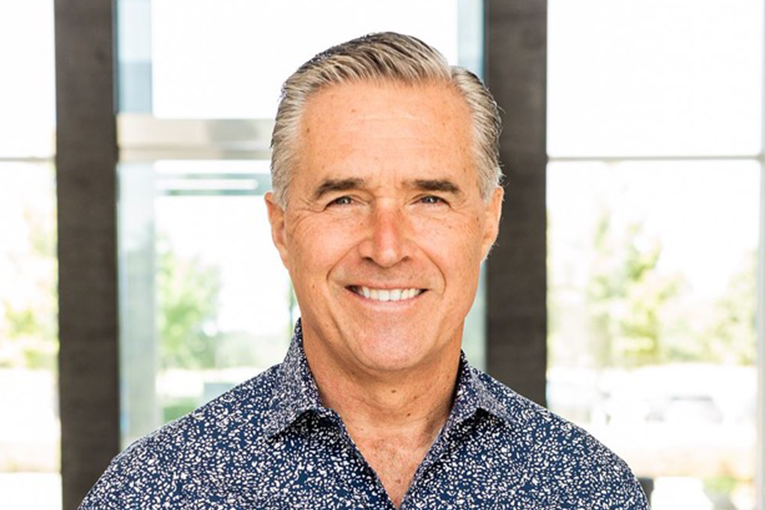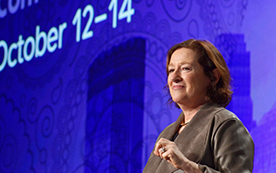
The Shifting Landscape of Generosity
In 2010, Dunham+Company was honored to join the Giving Institute where I’ve had the privilege of serving on the board of the Giving USA Foundation—publisher of the annual Giving USA report. And from 2018-2020 I was honored to serve as Chair of the Foundation.
It was in 2018 that a concerning trend caught the attention of the Giving Institute and the Giving USA Foundation: while total giving was increasing, fewer households were participating in charitable giving. This decline in participation was especially pronounced in volunteering. To better understand this shift, The Generosity Commission was established in 2021 by the Giving Institute and Giving USA Foundation to explore the causes of this decline and provide recommendations to reverse this trend.
After three years of research, The Generosity Commission has released its final report, which includes nine key recommendations for fostering generosity in the coming years. These recommendations highlight how giving patterns are shifting and provide actionable steps for nonprofits and ministries to encourage broader participation.
#1: Increase the depth and breadth of data on giving and volunteering
#2: Close the generosity evidence-to-practice gap
Culture Recommendations
#3: Recognize the value of “influential” donor testimonials: Encourage public figures and leaders in a broad range of fields to speak openly about how they give and volunteer, and how they have benefited from others’ giving and volunteering
#4: Know who your listeners are and who the next donors will be. Take youth seriously as givers and volunteers.
Practice Recommendations
#5: Show proof of your donors impact making change possible in their communities and around the world
#6: Support community foundations to take a leading role in encouraging giving and volunteering
#7: Reinforce the leading role of businesses, as convenors of employees to encourage their volunteerism and giving
Policy Recommendations
#8: Increase the availability of the charitable contribution tax deduction
#9: Sufficiently fund the IRS Exempt organizations division and state charity regulators and simplify regulatory compliance
One key factor shaping these trends, as discussed in a recent episode of the Cause+Effect podcast, is the macroeconomic environment. Despite rising total donations, inflation and economic uncertainty have made many donors more cautious, reducing the number of people actively participating in philanthropy. The episode emphasizes how nonprofits can adjust their strategies to address this shift by focusing on relationship-building and demonstrating tangible impact.
As we move forward, it’s crucial for organizations to adapt to the changing economic and cultural dynamics and tap into the evolving preferences of today’s donors. I encourage you to download The Generosity Commission’s report to dive deeper into these findings and explore the strategic recommendations that can help ensure broader participation in philanthropy. It’s a valuable resource for any organization navigating this shifting landscape.






















































































































